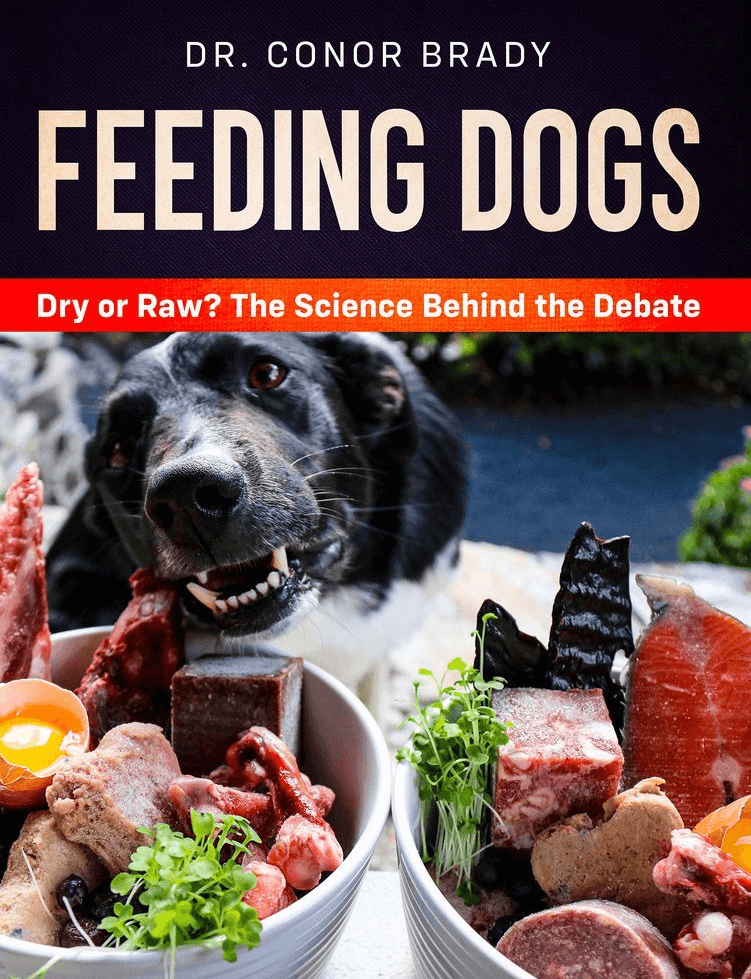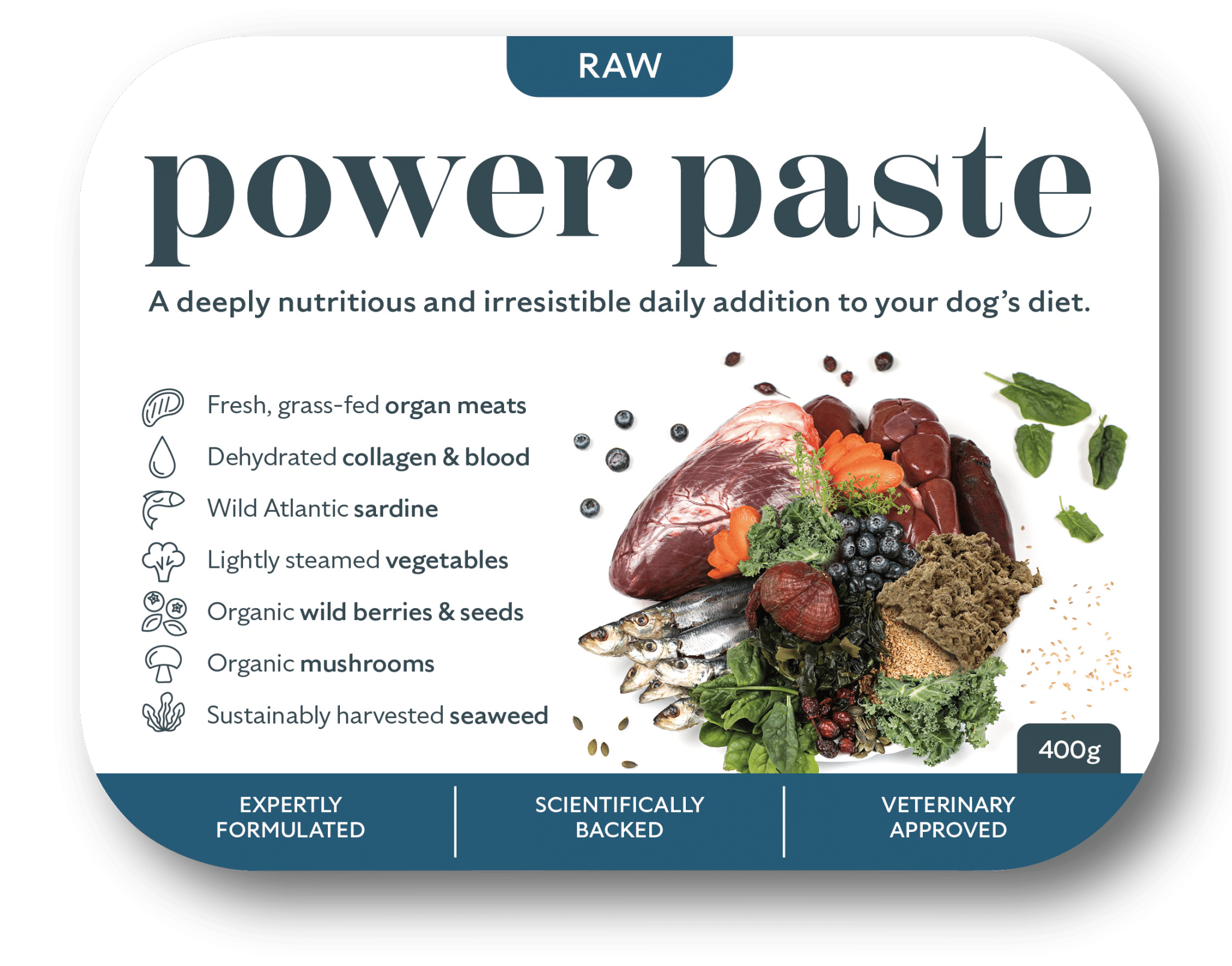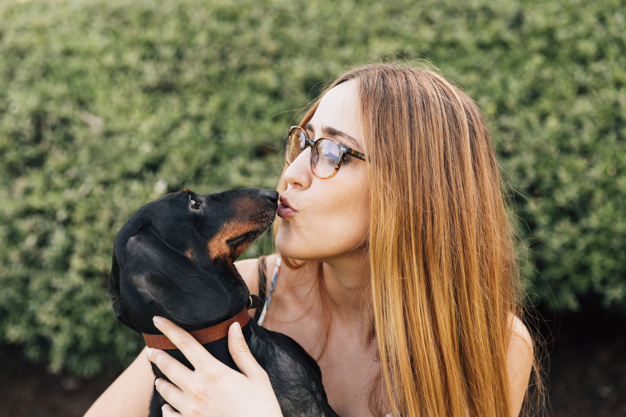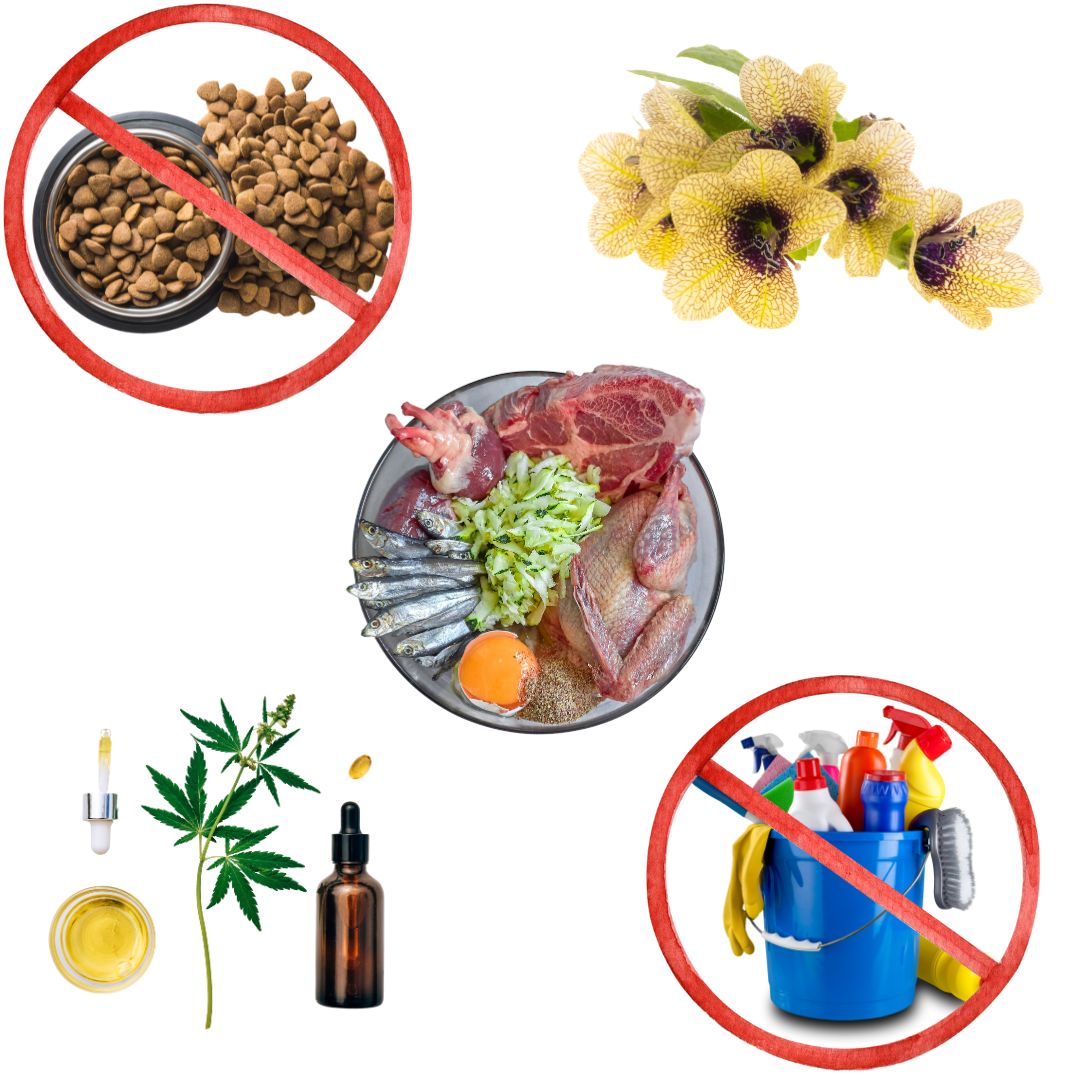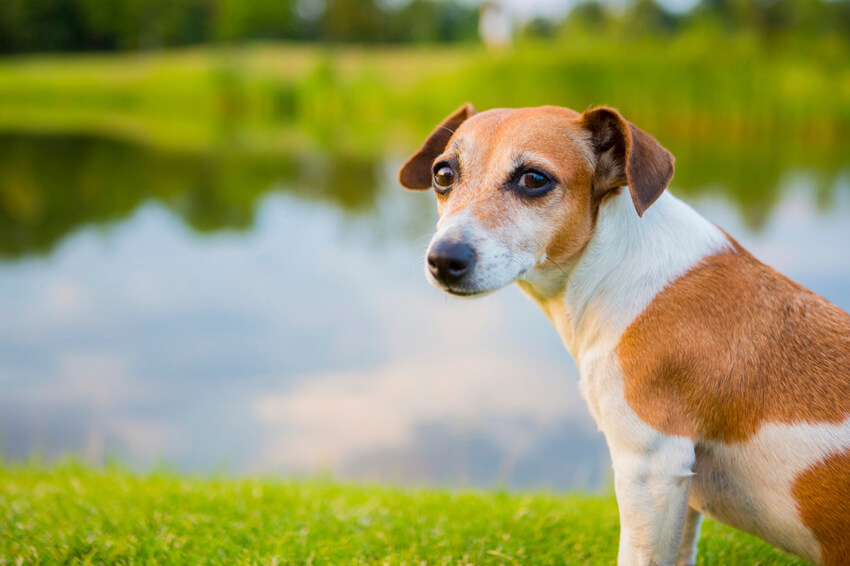I want the Very best for my dog so I want it meaty & organic but As a veggie I need it Ethical…
Every day of every week I get asked what raw dog food I recommend. Each time I say, following years on the inside of the raw dog food and meat industry, it’s best if you can use butchers for your meat needs and make your own raw dog food (best as you know what you’re money is actually buying, where that meat came from and what they’re getting in the mix). However, I estimate only 1 in 4 folk on Dogs First are making their own raw dog food each month and the rest are looking for a suitable pre-made. So, for the first time since I had my own raw dog food company back in 2014, I’m breaking cover, throwing my hat in the ring (is that even a saying?!) and saying Paleo Ridge has the very best pre-mades out there. I have written about them before but now I’m going to give them a push. This has been made all the easier for me thanks to new software called Online & Local. It enables people like me to recommend the products they respect and get a cut of each and EVERY sale you then make through my virtual shop. It promotes them but keeps my lights on here too. Win win. This article is going to tell you all the reasons why Paleo Ridge are the bes

When picking the best pre-made raw dog food, these are the things you should consider
Dog food is big business. In the UK alone, it dog food alone grosses more than the entire UK music industry (£1.1bil versus £1bil), and doubles it when cats and treats are included. Of the, let’s say, 150 UK raw dog food suppliers (200 licenses granted as of 2018, though up to 1/4 of these could be treats and simply not in operation), you can’t assume all of them are in it for the good of your pet. It simply can’t be the case. We must remember lessons learned from the onslaught of desperately inappropriate dry foodstuffs that have come before it. As the fresh / raw market continues it’s explosive growth, there will be more and more folk getting into what can be a very profitable, high margin business, and that attracts the sharks.
Just because they’re on the right side of the nutritional debate does not necessarily mean their product is worth £3-£4 per kilo
To be fair many of the up-and-coming brands out there are farming families or butchers who grow or have access to a lot of meat and have recently discovered to their delight that their leftovers (a lot of which is still very good stuff, granted) can now be converted, with a simple grind, into a product that they can now charge £2-£4 per kilo for, a product with very high margins if you’re supplying the material. Nothing too much wrong with that except that, from a value for money perspective, you shouldn’t be spending that sort of money on what often is ground up carcass. Your dog needs lots of meat muscle, something a fat-and-bone carcass offers little of (though it looks very meaty when ground to an indiscriminate mush).
Worse, however, is the fact some of the top brands out there have been started by or are now run for investors who need profit. To do this you have two choices – sell more or make it cheaper. That’s business. And that’s the slippery slope for product quality.
So, when choosing your pre-made raw dog food, the below are some of the basic things you should be looking out for:
- Check the ingredients, are they well rounded (lots of meat, organ content (liver, kidney, heart) and approx. 10% bone)?
- Can you see what you’re getting? You need a lot of trust to buy a mush! Avoid products ground very fine, what don’t they want you to see? Carcass ground fine looks like meaty mince to most. Only buy pre-made mixes that are cut chunky so you can see the ratio of meat to fat to bone. This is important if not feeding whole meats and gives you some security you’re not spending good money on poor food.
- Make sure it smells good. In the meat sector, your nose is your best line of defence. There is no excuse for using going-off meat.
- Choose a product made locally. Using local ingredients ensures meat quality, certainly if you live in Europe where meat quality is high. Where do they get their meat? Ask them.
- Don’t fall for window dressing. You should be adding that in the power additions, not them. Often those bits at the end, from coconut or fish oil to seaweed and various herbs, may either be of lesser quality than you might have hoped or used in such tiny amounts that not including them yourself is probably a bad idea.
- Be wary of online chat. All is not what it seems in social media land. Many popular raw feeding advice forums are administrated by people loyal to or working for a company, not that they tell you. Instead, they just slate the opposition. Get to know your own suppliers, who are they, what’s their ethos, have they any awards, call out and talk to them. Make up your own mind.
Paleo Ridge ticks all these boxes but where Paleo Ridge comes into its own is their use of outdoor meat only and organic where they can source.
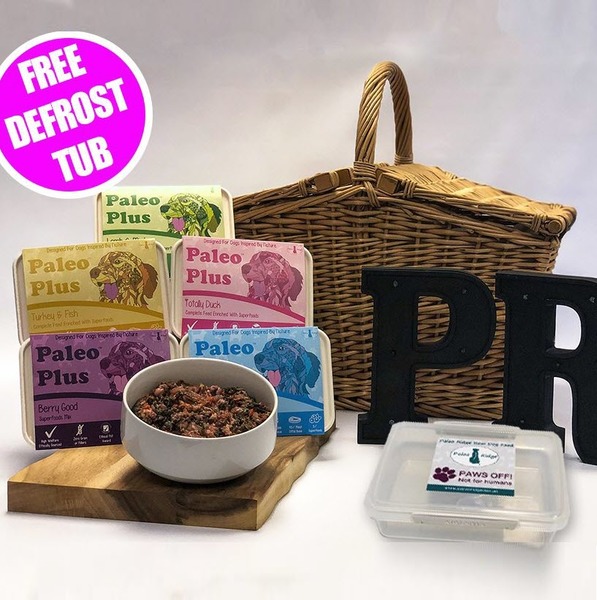
1. Paleo Ridge uses outdoor, free-range and wild meats only, and it costs no more than their competitors
For me, as a veggie and passionate (and fairly vocal, should you read my FB page) animal welfare advocate, I want the best for the animals used in my dog’s food. How ridiculous does that sound? The fact remains, we are the minders of the greatest animals on the planet and unfortunately, these guys are meat eaters. One small labrador will eat approximately 2,700 chickens in his life (at half a dressed chicken per day for 15 years). Up until recently, I have struggled daily with the choices I am making in this regard. Who am I to choose the fate of so many birds, pigs or cattle over the life of just one dog? For me, it’s important that while we can’t change what they need we can certainly make better choices about how the animals were treated that go into the mix.
I’ve written about CAFO’s (Concentrated Animal Feed Operations) before. Sadly this method of intensively rearing poor, sentient animals, has recenlty made its way from the US into Europe. In the UK alone there is currently 1,674 CAFO’s (Bureau of Investigative Journalism 2017) – an increase of 26% since 2011 (575 are poultry, 190 pig, 21 dairy and 3 beef units). The numbers are staggering. Seven of the 10 largest poultry farms – producing meat or eggs or both – have the capacity to house more than one million birds with the biggest two farms are able to hold 1.7 million and 1.4 million birds respectively.
Here’s what the Michigan State University College of Law published on AnimalLaw.info regarding CAFO’s
CAFOs raise animal welfare, environmental degradation, and human health concerns. In terms of animal welfare, one of the greatest concerns is the close confinement and crowdedness of the animals. These conditions create boredom and stress in the animals, as well as physical and mental illnesses. In terms of environmental degradation and human health concerns, the number one problem is animal manure, which is produced in such massive quantities that the soil cannot absorb the waste, thus leaving it to run off fields and pollute the surrounding soil and water, including human drinking water. Additionally, methane emissions from CAFOs both contribute to greenhouse gases and create adverse physical and mental health impacts in humans. CAFOs also increase the prevalence of antibiotic resistant diseases, due to the antibiotics regularly given to the animals.
https://www.animallaw.info/article/overview-cafos-and-animal-welfare-measures
CAFO’s put out the cheapest meat. So where does the meat come from in your raw dog food?
Paleo Ridge only use animals that were reared outdoors. This means at least free-range, often wild meats. They also visit all their suppliers all the time to ensure it is what they say it is and are not afraid to talk to you about them. For me, this ethical approach is the most important differential between Paleo Ridge and competitors. And no, this doesn’t add to the cost of their products. Their completes are the same price as their more intensively-reared competitors. Win win.
2. The Unstunned Meat Sector
Living conditions aside, a disgraceful amount of animals in Ireland and the UK are killed without stun for the Halal and Kosher sectors. They are confined in a holding and have their throats slit to die by drowning in fear on their own blood, as that’s how they did it in the old days. For reasons of money, this is permitted despite every single veterinary and animal welfare group in the Western world begging for it to stop. In Ireland, every third lamb killed this way, and tens of thousands of cattle, the vast majority of which we export. Unfortunately for us, while the halal/kosher sectors have their products appropriately labelled so they can know their animal died barbarically, the rest of us are not afforded such luxury. For example, many in this market do not eat the meat from the hind end of the beast as that’s where it’s butt is. Steaks etc come from there. So they sell the front end of the animal for top dollar to one group and the hind end for top dollar to another. But, when this product hits our supermarket shelves we are not told how the animal died, simply that it is Irish and died in Ireland. The practice is rife in the UK though they have brought in rules whereby stunning is permitted as the animal’s heart is still beating.
Paleo Ridge never, ever uses any suppliers that kill animals in this manner, though many don’t either, again, carnivorekellys.ie and I’m sure a few more in the UK, though some are simply too cheap as to make this unlikely.
3. Organic meat is more nutritious and likely cleaner
Paleo Ridge do a lot of organic meat and while opinions may differ, there is a very good thing for the animal itself and also your dog. The United States Department of Agriculture National Organic Program defines organic food in the following way:
Organic food is produced by farmers who emphasize the use of renewable resources and the conservation of soil and water to enhance environmental quality for future generations. Organic meat, poultry, eggs and dairy products come from animals that are given no antibiotics or growth hormones. Organic food is produced without using most conventional pesticides; fertilizers made with synthetic ingredients or sewage sludge; bioengineering; or ionizing radiation. Before a product can be labeled “organic,” a government-approved certifier inspects the farm where the food is grown to make sure the farmer is following all the rules necessary to meet USDA organic standards.
This is similar to the European method. In short, organic farmers are under the kibosh. Quality wise, a large analysis of more than 200 studies revealed that organic meat (and dairy) is higher in omega 3’s (Średnicka-Tober et al. 2016) a result of the animals eating fresh forage, and lower in fatty acids that can promote heart disease and other chronic diseases. Furthermore, and perhaps as you would expect, an extensive analysis of the environmental effects of organic farming in comparison to conventional farming concluded that on a per hectare basis organic farming has less detrimental effects on the environment than conventional farming (Stolze et al. 2000). The organic sector is not permitted to use GM feed or growth hormones (though growth hormones are not permitted in Europe). Also the risk of antibiotic residuals is also expected to be lower, there being strict regulations on what can and can’t be used in this sector.
But beware, organic does not mean outside. There is organic pork coming from barn-housed, intensively reared pigs, it’s just they were fed organic food.

4. Great range of single meat options for you to build your own mixes with…
Paleo Ridge offer their fantastic meats and minces as a plain product too (e.g. 1 kilo of duck mince with bone, 1 kilo of various tripes, etc) as well as a fantastic range of meaty bones, with an appropriate size for your dog no matter the type. For more on feeding bones to dogs, check out our extensive article.

With all this in mind, until a better company comes along, Paleo Ridge is out in front by a long way…
Not about to start slating all farmed-meat products, there are some great products doing some great things (like bringing the abbatoir on site to ensure the best possible end for their animals, more on them in the coming weeks) but when there’s precious little difference between the top companies (they all use the same bits) for me, Paleo Ridge is ticking all the boxes. I mean, even their packaging is compostable. They now have Wool Cool boxes (cardboard with sheep wool inserts, which are reusable). And it’s family run, but there’s one more benefit that is rarely considered. We, the raw dog food sector, are an environmentally unfriendly group from a greenhouse gas emissions perspective. This we must accept. Meat production takes a heavy toll on the planet in terms of emissions. It’s worse than all transport put together. I first posted on this back in 2016, demonstrating that my little 12kg cocker spaniel is the same as putting two more saloon cars on the road each year. While welfare was always a major concern, it is the carbon cost of meat that pushed me to go completely vegetarian. It’s simply not sustainable that we eat this way, and the likes of China and India are only now beginning to copy the Western high-animal protein diets.
Thus, I feel raw-feeders have a duty to become some of the most environmental-conscious people out there. Here’s the good news. The more we, the raw dog food sector, purchase ethically-grown meat products such as Paleo Ridge, the more we promote what is a more environmentally friendly way of rearing animals as a whole. We make the leftovers of the organic meat sector more profitable, meaning they can get more for their carcass, meaning they can drop the price of their human offerings, making them more competitive and thereby assisting human carnivores to make better choices. This will mean more organic and outdoor meat can be grown, which is better a deal for the animals.
Win win win.
REFERENCES USED:
Bureau of Investigative Journalism (2017). Intensive farming in the UK, by numbers. Published online https://www.thebureauinvestigates.com/stories/2017-07-17/intensive-numbers-of-intensive-farming
Średnicka-Tober et al. (2016). Higher PUFA and n-3 PUFA, conjugated linoleic acid, α-tocopherol and iron, but lower iodine and selenium concentrations in organic milk: a systematic literature review and meta- and redundancy analyses. Br J Nutr. 2016 Mar 28;115(6):1043-60
Stolze M., Piorr A., Häring A. and S. Dabbert (2000). The Environmental Impacts of Organic Farming in Europe. Organic Farming in Europe: Economics and Policy, Volume 6. Stuttgart: University of Hohenheim.




